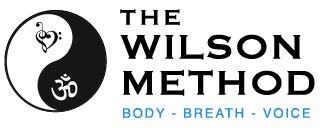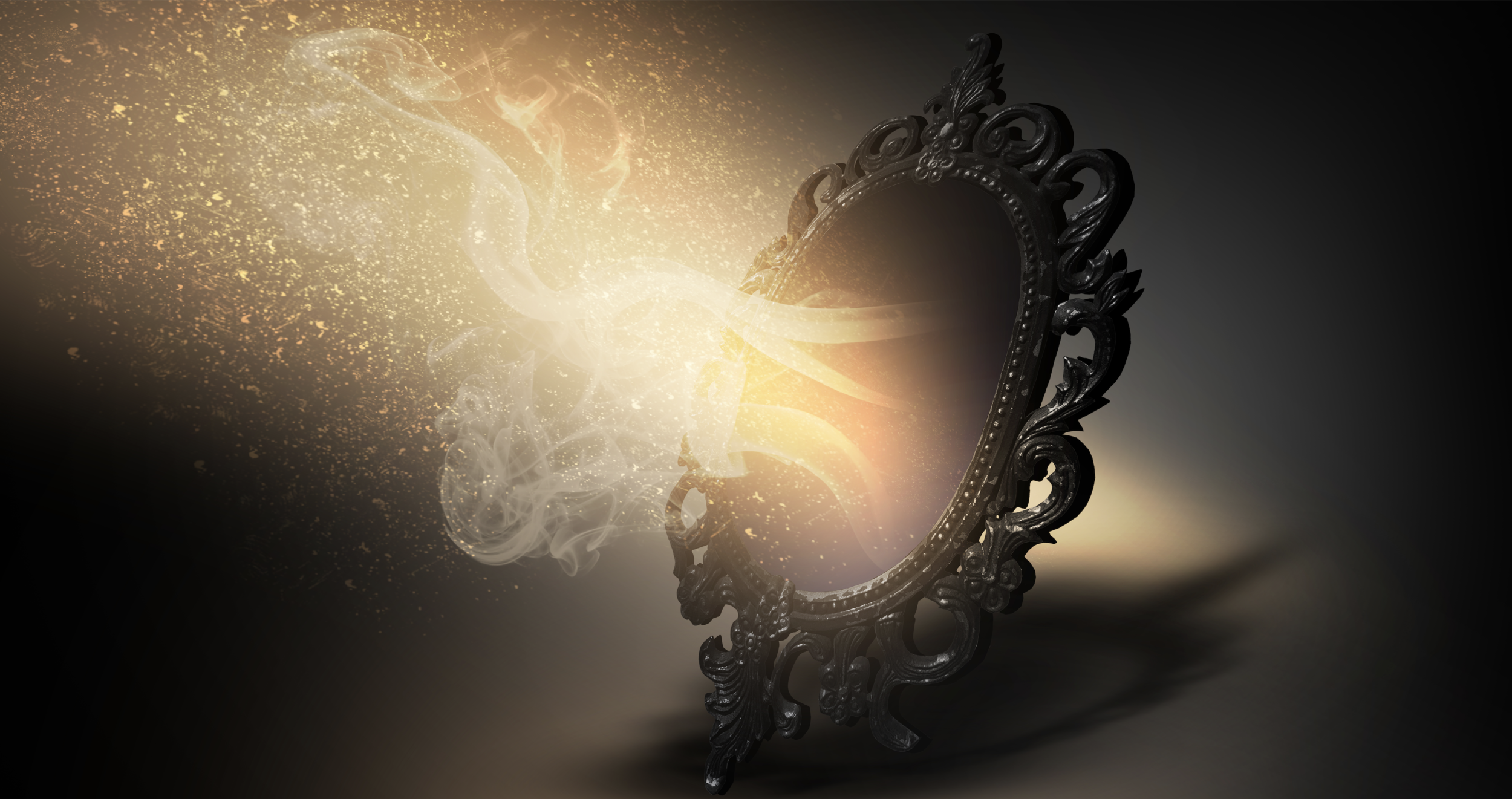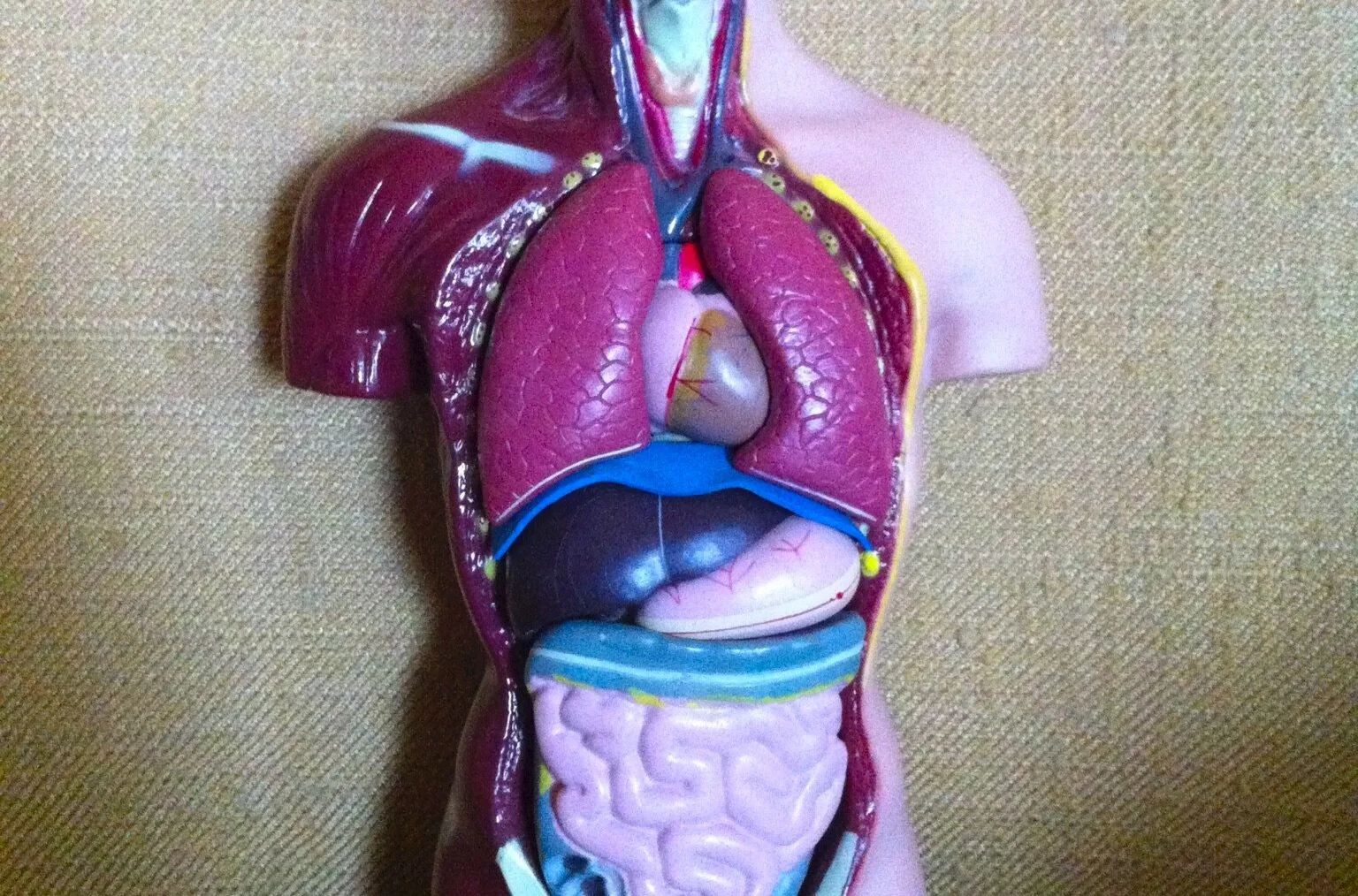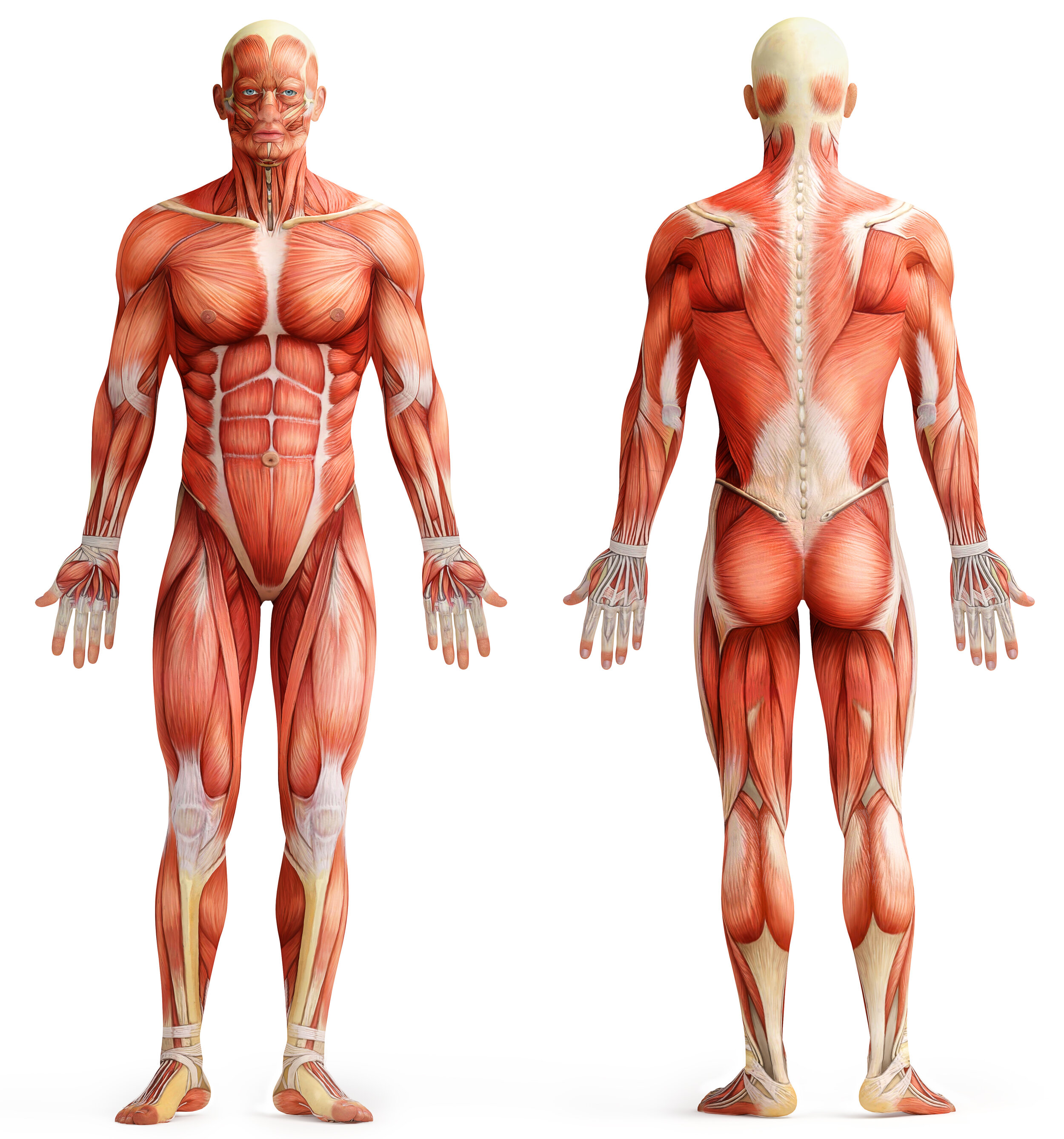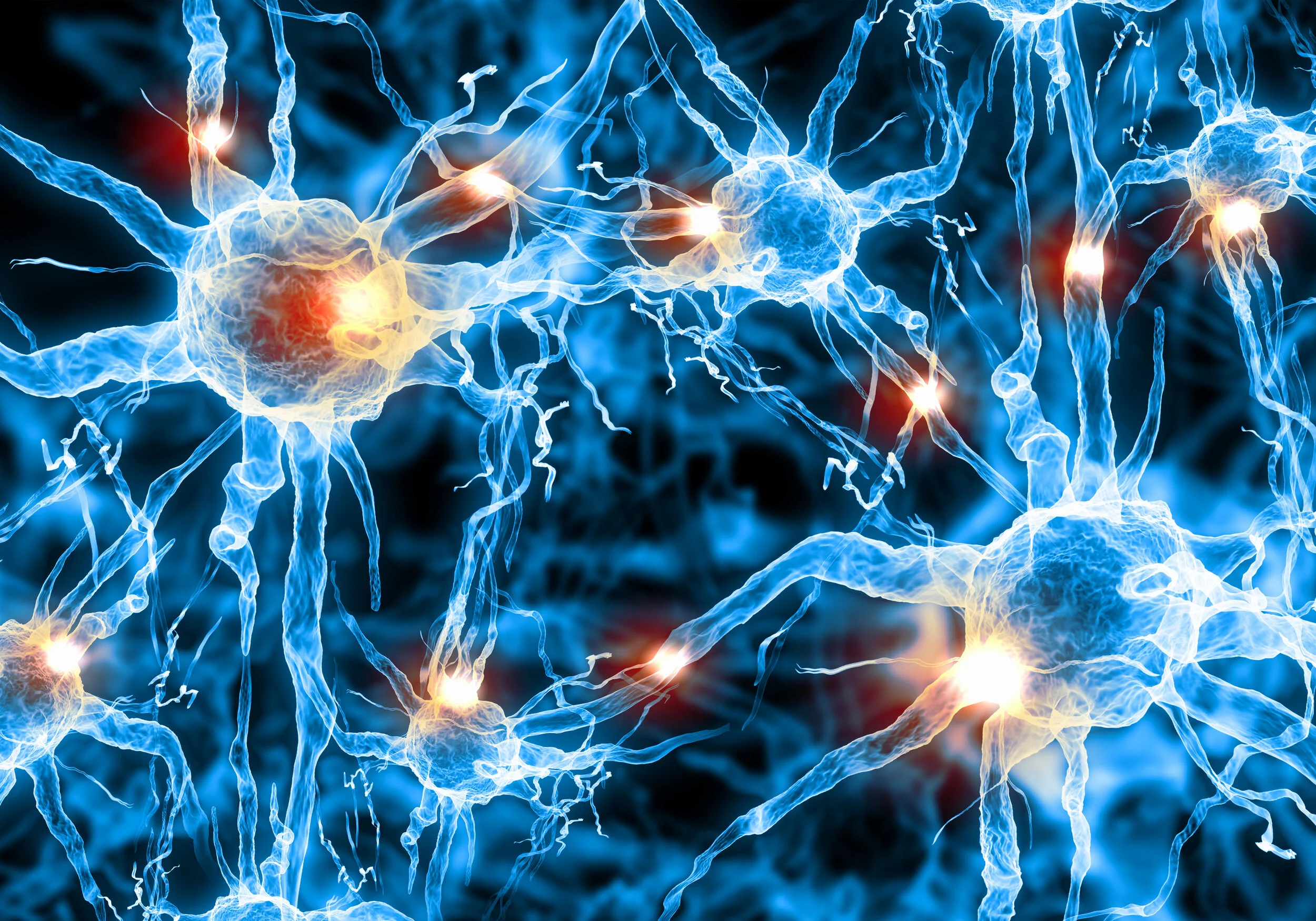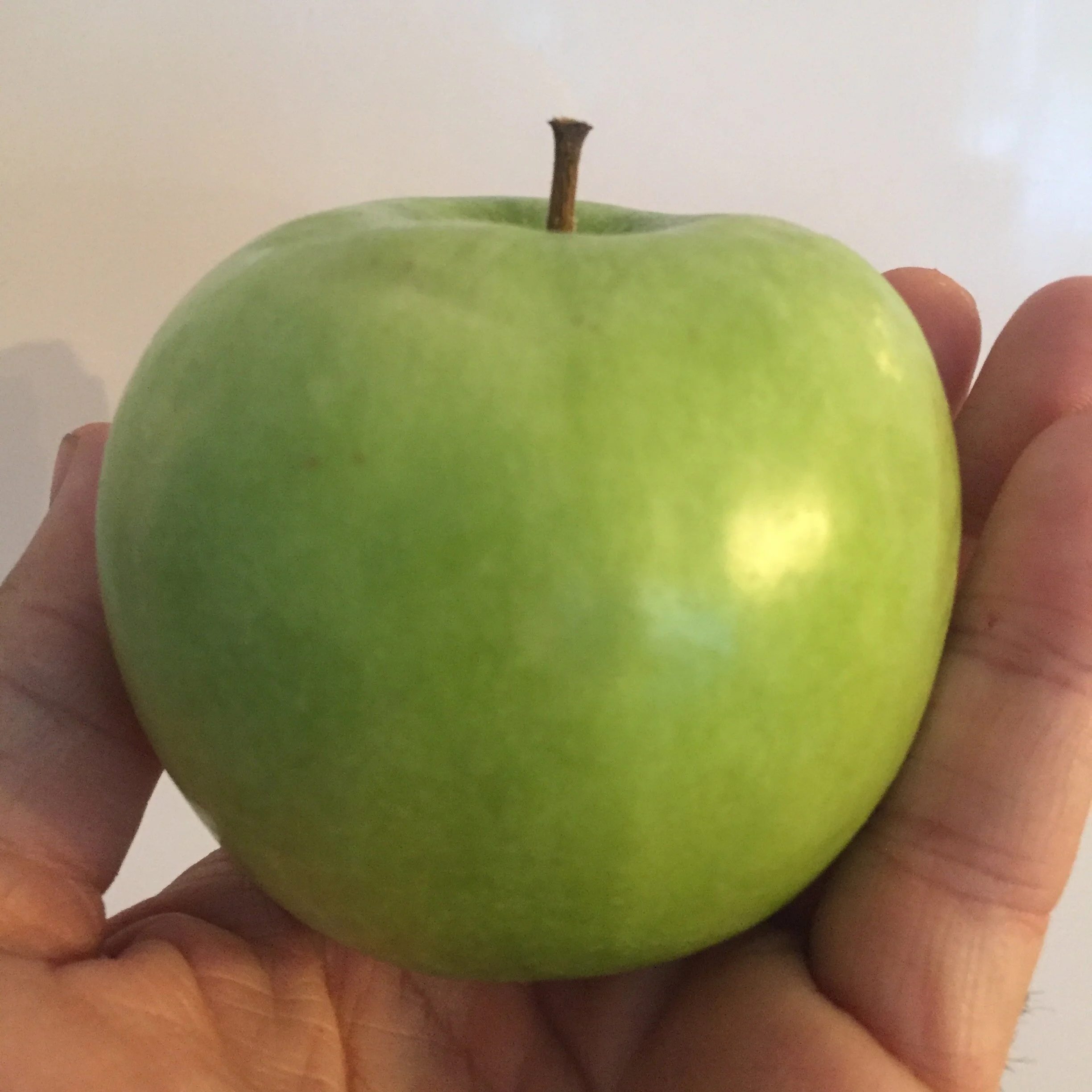Performing artists do not generally respond to talk therapy in the same manner as the general public
Talk therapy, or Cognitive Behavioral Therapy, is generally less effective for Performing Artists - our brains work differently. Numerous studies have shown that body-centered therapies tend to have greater success. The Wilson Method for Anxiety and Panic Attacks is one such method.
As shown below: We first have an "unhealthy" or "I don't feel safe" thought. Our body then reacts to that thought (Unconcious Valsalva Maneuver), we then notice we feel uncomfortable, which tends increase our belief that we are "not safe", which leads to more "unhealthy" or "I don't feel safe" thoughts... we are caught in "The Vicious Circle of Anxiety".
Often, body-centered therapies are showing better results. Your body, your breath, your voice and your imagination are your four main components of creativity. The rigors of life and basic schooling tends to diminish the powers of these creative components in favour of front brain activity, such as right/wrong critical thinking. Over-thinking often leads to personal judgement, self-doubt, lack of space for choice, fear of standing out from the crowd, and a pervasive and systematic lack of permission - all of which curtails creativity. The Wilson Method works to reintegrate our four components of creativity, improving energy, focus, confidence, vocal resonance and health.
In order to reduce the effects of anxiety and panic attacks, the Wilson Method employs meditation, awareness work, restorative yoga, integrated acting, core engagement work, movement re-education and full-body vocalizing. The Wilson Method interrupts the seemingly automatic, unconscious thought-relay patterns at each of the three synaptic connection spots (between the colours), delivering feelings of personal power, strength, surrender and safety back up to the brain. Using modalities that match each synaptic connection spot effectively alters our electro-chemical makeup from excitatory to inhibitory neurotransmitters, so that we slowly begin to rewire our feeling and thinking patterns.
100% of those who are dealing with anxiety are holding their breath, over-tonicizing (clenching/tightening) their rectus abdominis (sixpack), are caught in monkey-mind thinking loops and are therefore under-utilizing their diaphragms. Those who deal with anxiety must learn to exhale past the point where they habitually truncate their exhale. This act of dropping below where we habitually hold our breath changes forces us to face our thought-induced tensions. As thinking patterns change the client, through physical therapy, begins to release the the physical reaction to anxiety (UVM) thereby interrupting the circuit (mentioned above) in two spots. The increased diaphragmatic tonicity during inhalation coupled with increased release of air during exhalation leaves little room for anxiety or panic attacks to take hold.
Part of the key to this work is that we CAN, with practice, access and control our Para-Sympathetic Nervous System (PSNS) to help us remember that we can feel (and therefore eventually BE) safe and secure. The trigger mechanism for our Sympathetic Nervous System (Fight, Flight, Freeze, Faint) has been long held to be, due to our survival instincts, the only system that has an instantaneous trigger. This is untrue - with consistent and focussed practice we can access the PSNS as well. Feelings of power and safety can be a "Surrender Sigh" away.
